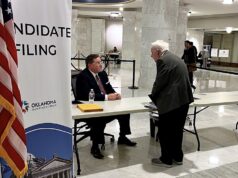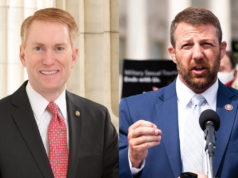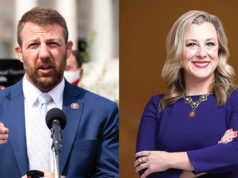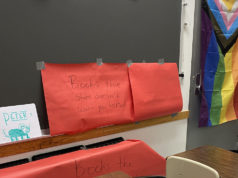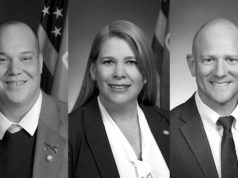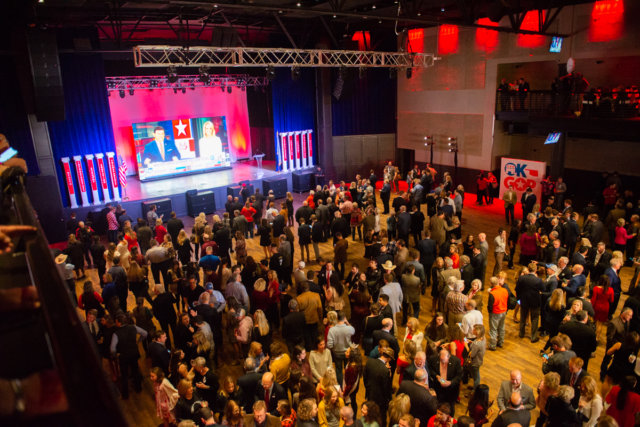
Despite setting statistical records, it hurts that only 56 percent of eligible voters turned out for Oklahoma’s midterm election, and it hurts even more that 40 percent of those who did participate wound up voting straight party. With top-notch resources available from Oklahoma’s many wonderful journalists, I am concluding my NonDoc internship with a sense that Oklahomans are divisively party-bound.
While Democrats scored a major victory in electing Congresswoman-elect Kendra Horn over Rep. Steve Russell in Oklahoma’s 5th Congressional District, Horn’s win proved to be one of the few bright spots for state Democrats in a sea of red.
In the months leading up to the election, 12 hardline incumbent Republicans lost their seats in the Oklahoma Legislature. The general wisdom was those who voted against the teacher pay raise package were destined to lose, but the general election showed us Oklahoma’s malcontent does not stop there.
It should come as no surprise that the map of the governor’s race was a wash of red counties with a few blue highlights. Oklahoma, Cleveland, Cherokee and Muskogee counties went blue, and it’s worth noting that Drew Edmondson received only one more vote than Kevin Stitt in Muskogee County, despite his long history there.
That result embodied other Democratic troubles in eastern Oklahoma. It didn’t matter that now-Rep. Logan Phillips didn’t spend “a penny” on his campaign to unseat incumbent House Minority Leader Steve Kouplen. Straight-party voting helped propel Phillips into the Legislature.
More than anything, the 2018 election highlighted the rural/urban divide in Oklahoma. It’s not a new separation by any means, but the political parties have flipped dugouts. Oklahoma’s metro areas are trending more blue, and its rural areas are trending more red.
Where do we go from here?
I wish I had a revolutionary post-election take, but the main thing that comes to mind is how we have very real divides in our great state.
With a near-overhaul of the Legislature in place for the 2019 session, I would like to think our divisions could fade while a group of young-blood lawmakers work together. But that’s an idealistic scenario.
More likely, the Legislature will act as it has the past few years, with Republicans controlling much of the tempo and Democrats presenting a united front to slow them down. There will be more pressure — and available revenue — to increase education funding, but the partisan methods will not change unless the lawmakers themselves decide to.
This election cycle’s fervor both nationally and locally has left me tired and a little cynical. Our differences are real, but that doesn’t mean we can stop working to bridge them.
Yet many have.
Change won’t start at the Capitol or with the governor or in any statewide office. It starts with us, and I’m not entirely sure what that looks like.
Maybe it involves buying a beverage for someone you disagree with or reading opinions that don’t support your views or just identifying something you share with someone else. I have a feeling things aren’t about to get any less divisive nationally, so we Oklahomans may have to take the initiative.
My time with NonDoc is ending but, having researched more than 100 political candidates this year, I do feel qualified to end this piece with some quick advice.
If you are seeking office, get yourself some sort of a damn website. A startling number of candidates this year did not even have a Facebook page. Make sure that website is optimized for search engines. If people can Google your name and office sought without seeing your website in the top few choices, then you may have a problem.
The more visibility candidates have, the more voters may turn out and the less they may vote straight party. We have a bad habit of convincing each other based on ideology instead of merit. I think it’s a habit we could stand to break.










